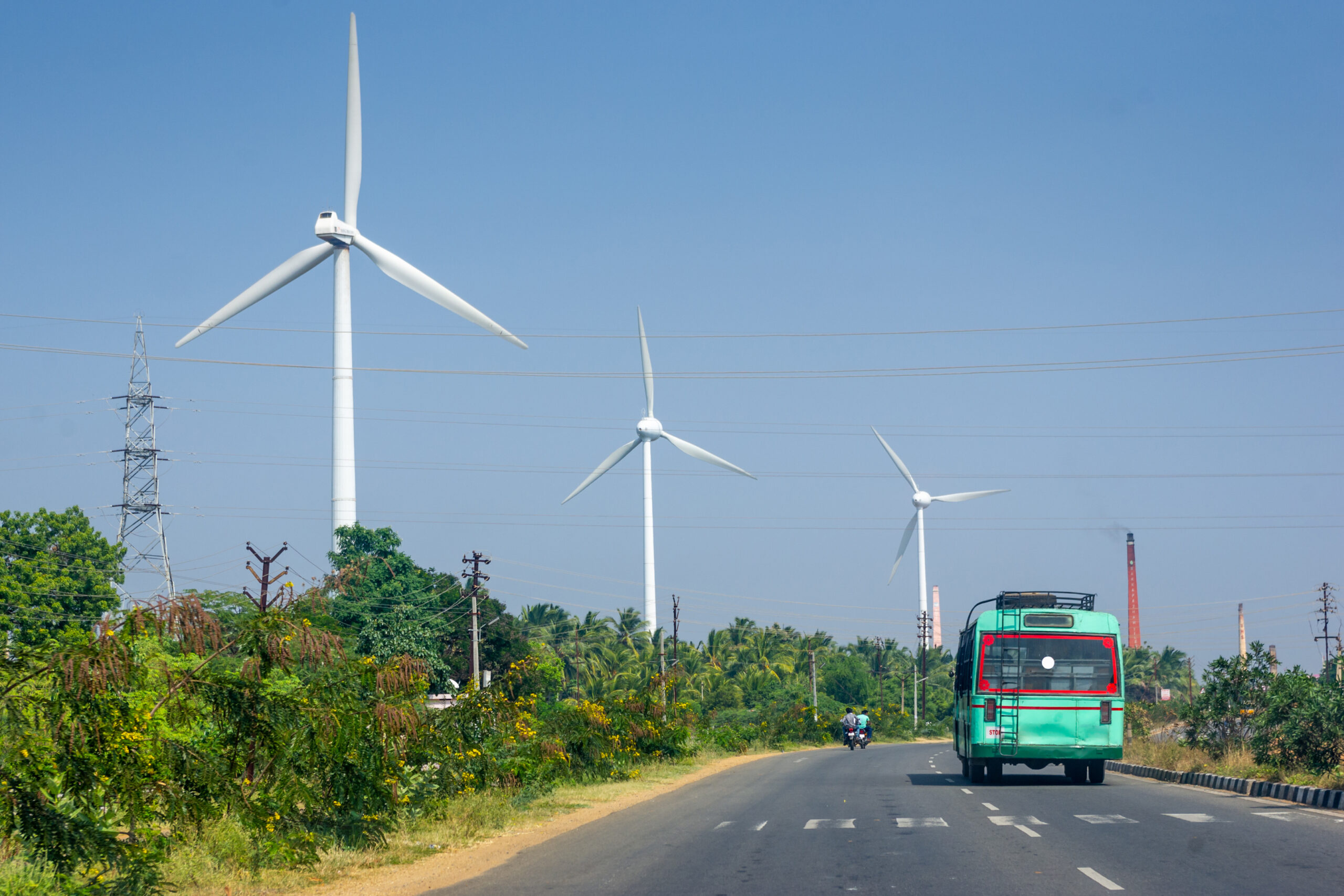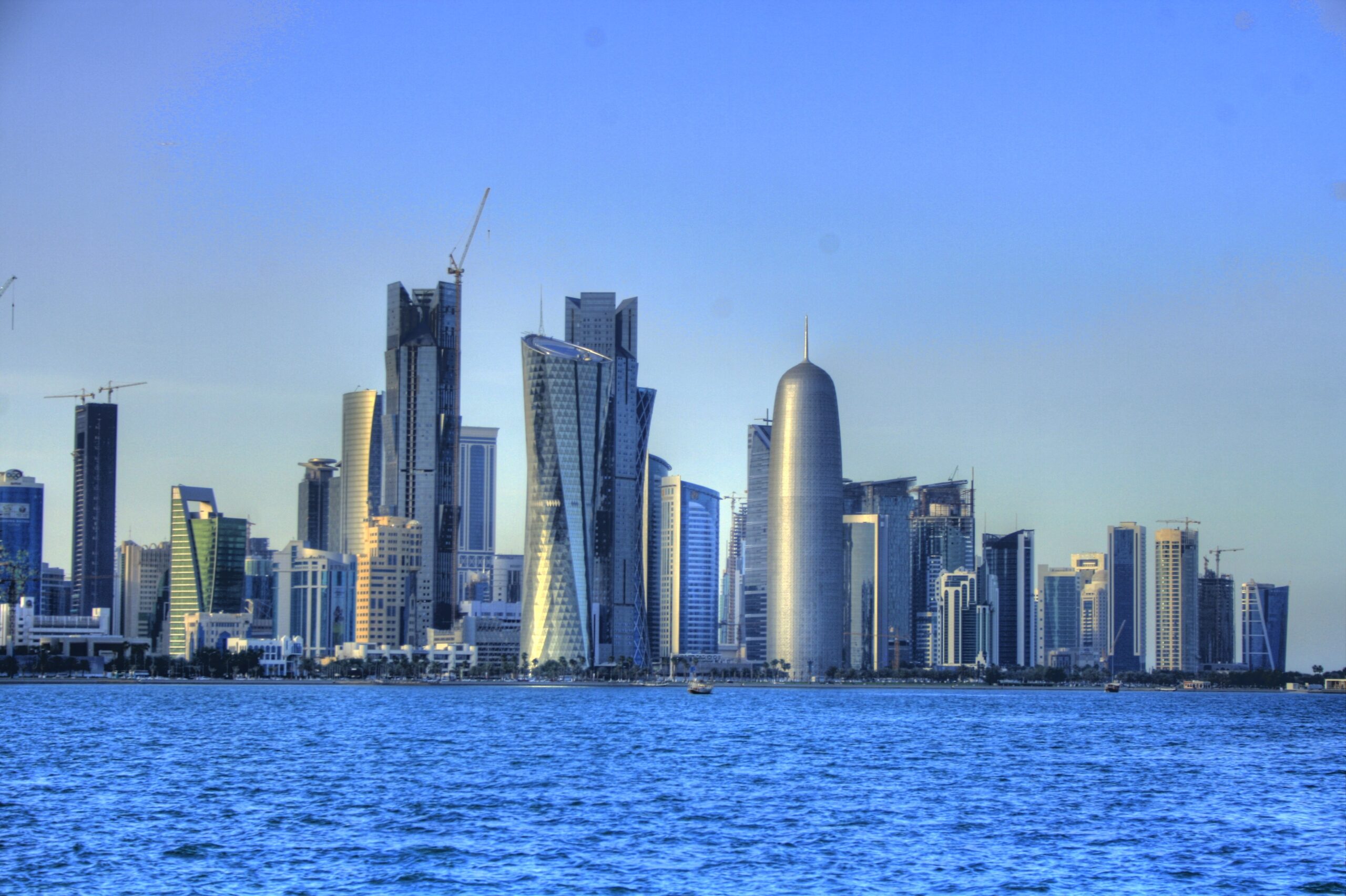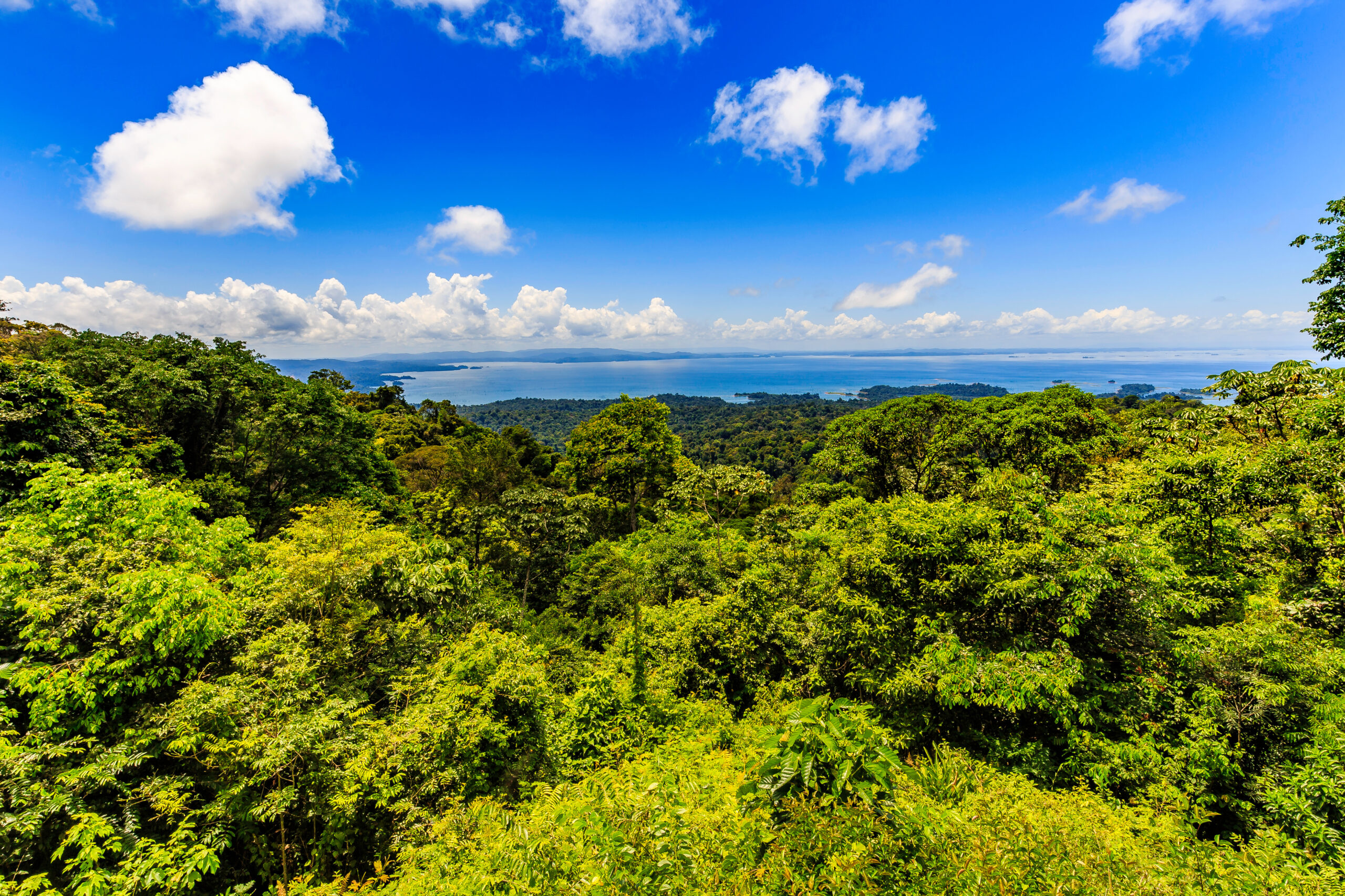Bangladesh fast-tracks renewable energy
Bangladesh has initiated a fast-track move to award new contracts to generate around 1,000 MW of electricity from renewable energy and bring it online within the next year and a half to meet growing demand for electricity without using fossil fuels.

Bangladesh has taken a decision recently to increase the use of renewable energy against a backdrop of scarcity of conventional fuel like petroleum products, natural gas, and LNG and their soaring prices in international markets.
“The ongoing Russia-Ukraine war has exposed a new dimension of primary energy situation across the globe, which has prompted us to expedite the move to increase the share of renewable energy in the overall electricity output basket,” Prime Minister Sheikh Hasina’s energy adviser Dr Tawfiq-e-Elahi Chowdhury Bir Protik told Gas Outlook.
“With the implementation of the new renewable energy plants we shall be able to generate electricity without purchasing any fossil fuel, which has now scarcity in the world,” he said.
The South Asian country will be able to reduce imports of fossil fuels and save valuable foreign currency with the implementation of the planned renewable energy projects, Chowdhury said.
As per the plan the government will provide land to interested sponsors to build solar power plants, he said, adding that Bangladesh will also encourage floating solar projects and ensure the running of irrigation pumps through solar plants instead of diesel.
Apart from the planned 1,000 MW renewable energy projects, Bangladesh currently has a dozen under-construction renewable energy-based projects to add around 562 MW of electricity in total, according to the Ministry of Power, Energy and Mineral Resources.
Of the total renewable energy projects that are under construction, solar-based power plants being built by the private sector total eight and will have generation capacity of 406.5 MW in total.
State-run power companies are building two solar power plants to generate 51 MW of electricity in total.
Among other renewable energy projects in Bangladesh, private sector sponsors are also building one wind-based power plant to generate 60 MW of electricity and one waste-based power plant to generate 42.5 MW of electricity. One state-run power entity is building another 2.0 MW capacity wind-based power plant, the ministry statistics revealed.
Despite having power generation capacity, Bangladesh is currently enforcing up to eight hours electricity load-shedding daily in different areas across the country, the largest volume in the past decade. It is limiting power generation, in an effort to minimize the import of fossil fuels from the volatile international market to save foreign currency.
State Minister for Power, Energy and Mineral Resources (MPEMR) Nasrul Hamid along with some other government leaders earlier had declared that there would be no load-shedding from late September or early October.
But now Hamid and other top energy ministry officials said the load-shedding situation will not improve until November and the advent of winter because demand will then be lower with less consumption of power especially from air conditioners and fans.
Natural gas is the main fuel for electricity generation in Bangladesh. At present total generation capacity from gas-based power plants is around 11,162 MW, accounting for 52% of total generation, which is 21,710 MW.
HFSO or high-sulfur fuel oil-based power plants have 5,925 MW electricity generation capacity, or 27% of the total, gasoil or diesel-fired plants have 1,286 MW, or 6% of the total capacity, and coal-fired capacity is around 1,688 MW or 8%, official data showed.
Bangladesh has very low renewable-based generation, with hydropower at 230 MW or 1% of the total, and solar at 229 MW, or 1%; but it also imports around 1,160 MW of renewable-based power, or 5%, of its power generation capacity from India.
But adding new renewable energy in Bangladesh from the under-construction plants and fast-track initiatives will ramp up the stake of renewable energy in the overall electricity generation basket significantly and reduce the country’s dependency on both natural gas and petroleum oil.
It will also help to rectify a target of ensuring 10 per cent of its overall electricity generation from renewable energy by 2020, which was set under Bangladesh’s Renewable Energy Policy 2008.
In a move to reduce energy imports for saving foreign currency, Bangladesh has ceased importing LNG from the spot market since July 2022.
It has also been importing the lowest quantity of LNG from its two existing long term suppliers – — Qatargas and Oman Trading International, currently known as OQ — as the government has preferred importing less energy amid tightening energy consumption, to save foreign currency.
Bangladesh is importing 20% less shipped LNG from its two long-term suppliers this month compared to last month as in October it is importing four cargoes, each carrying around 138,000 cubic meters of LNG.
LNG re-gasification also dipped to the lowest level to around 380 million cubic feet per day, or MMcf/d, which is only 38 per cent of the aggregated LNG re-gasification capacity of the country’s two 3.75 million tonne per year, or MTPA, capacity, according to official data as of October 17, 2022.
One year ago, back in October 2021, Bangladesh re-gasified around 850 MMcf/d of LNG as the country then imported LNG from the spot market alongside its imports from long term suppliers, according to Petrobangla data.
Bangladesh is struggling to feed gas-guzzling power plants and industries alongside other gas consuming sectors due to dwindling domestic natural gas output and sky-rocketing LNG prices in the international market, Petrobangla chairman Nazmul Ahsan told Gas Outlook.
According to Petrobangla, Bangladesh produced the maximum quantity of natural gas from its own gas fields between July 2015 and June 2016 to the tune of 973.20 Bcf. But subsequently the country’s overall domestic natural gas production started declining.
Bangladesh’s aggregated domestic natural gas production in the same period of 2016-2017 was 969.20 Bcf. Meanwhile it was 968.70 Bcf in 2017-2018; 961.70 Bcf in 2018-2019; 882.60 Bcf in 2019-2020; 888.89 Bcf in 2020-2021; and around 850 Bcf in 2021-2022.
Around half of the total power generating plants now remained idle as the power plant owners – in both the public and private sectors – cannot afford to run the plants if importing expensive fossil fuels from the international market.
Soaring prices and scarcity of the other main source –petroleum oil – is also limiting Bangladesh’s overall electricity generation.
Many private oil-fired power plants could not generate electricity from their plants as they lack necessary fuels to run their plants, the president of the Bangladesh Independent Power Producers Association, Imran Karim, said.
Currently a total of 29 natural gas fired power plants, with a capacity of around 4,000 MW, are totally shut and a few more are running with limited capacity as state-run Petrobangla is able to supply less than half of the country’s total gas requirement.
Petrobangla has squeezed natural gas supplies to power plants to the tune of only 877 MMcf/d of gas against demand of around 2.25 Bcf/d, according to its data on October 18, 2022.
Around 800 megawatts of electricity generation was shut in privately-owned power plants due to fuel shortages.
According to BPDB, countrywide electricity generation during day peak hours was around 9,896 MW and during evening peak hours was around 12,385 MW against the overall generation capacity of 21710 MW as on October 18.
Bangladesh’s foreign exchange reserves last week in the week ended Oct 17 declined further to around $36.25 billion, from $39.77 billion of July 22, due to soaring energy costs stemming from the Russia-Ukraine war, according to data from the country’s central bank.
To reduce imports Bangladesh initiated a set of austerity measures, which included rescheduling public offices hours, increasing weekly holidays for educational institutions by one day, shutting shops and shopping malls by 8pm and prohibiting illumination in shops, malls and community centres.



